Last updated: 2020.07.15
Someday, a Brownian Landscape
From your vantage point you look out over a broad green plain, rolling gently away like ocean swells, punctuated here and there by a clump of trees or stately individual oaks and maples. A few geese and ducks gather around a pond on some low ground to one side of the view. This perfect panorama looks like it was lifted right out of a landscape painting from the 17th or 18th century.
In fact, paintings inspired landscape architects like Lancelot "Capability" Brown (1716-1783) to recreate these idealized versions of nature as parks and English landscape gardens. This style of design by Brown and others can be seen on the grounds of places like Badminton House (Gloucestershire), Chatsworth House (Derbyshire), Blenheim Palace (Oxfordshire), Burghley House (Lincolnshire) and Stourhead Gardens (Wiltshire).
Landscape as Art
Native Trees
Native trees provide a sense of place and are mutually adapted with the animal life.
Deciduous Shade Trees (Eastern North American natives only)
- Pin Oak, Quercus palustris, fast growing, pyramidal tree shape, pointed lobed leaves turn golden brown in the fall
- Northern Red Oak, Quercus rubra, also a fast grower, rounded tree shape, pointed lobed leaves turn red in the fall
- Silver Maple, Acer saccharinum, fast grower with a tear drop tree shape, five-lobed leaves with lots of secondary points that turn bright yellow in the fall
- Red Maple, Acer rubrum, fast grower with three main leave lobes that turn red in the fall
- Hybrid Red-Silver, Acer freemani is a fast growing cross between Red and Silver with a leaf sape like the Silver that turn red in fall instead of yellow
- White Oak, Quercus alba, very slow grower that you plant for future generations (lives 2-300 years), spreading tree shape, rounded lobed leaves that turn golden brown in fall
- Tulip Poplar, Liriodendron tulipifera, very fast grower with tall straight tree shape, blossoms in the spring, unusual two-fingered, three-lobed leaf; wood is brittle so avoid planting in windy areas
- Sycamore (very like the London Plane), Plantanus occidentalis, moderate speed of growth with a spreading canopy, like moist soil (often found near streams), large maple-like leaves that spaced in a way to allow dappled light to reach the ground
Other Natives
- Black Locust, Robinia pseudoacacia, this is a fast growing but not always desired native, with white clusters of flowers in spring, its lacey leaves among the last to blossom and among the first to fall, it does produce hard wood that is rot resistent, better than any store-bought fence post.
- Black Walnut, Juglans nigra, is another fast growing, though less glamorous species, with a spreading shape and multi-leaved stems that come out later in spring and fall early, the walnuts are numerous and edible but have thick husks; the wood is valued for use in furniture.
- Black Cherry, Prunus serotina
- Red Mulberry, Morus rubra
Understory Trees (Eastern N. American natives only)
- Eastern Redbud, Cercis canadensis, fast growing and hardy, has a rounded, leggy multi-trunked tree shape that requires pruning to attain a more refined shape, covered in small red flowers in spring, with a single lobe leaf, and pea-like seedpods that are edible
- White Flowering Dogwood, Cornus florida or related species only (avoid the Cornus kousa, Asian species that grows fast but no eco-biome benefits), flowers are usually white but there is a red flowering variety (actual pink) that is very attractive, naturally multi-trunked and spreading, also requires pruning to acheive a refined shape
